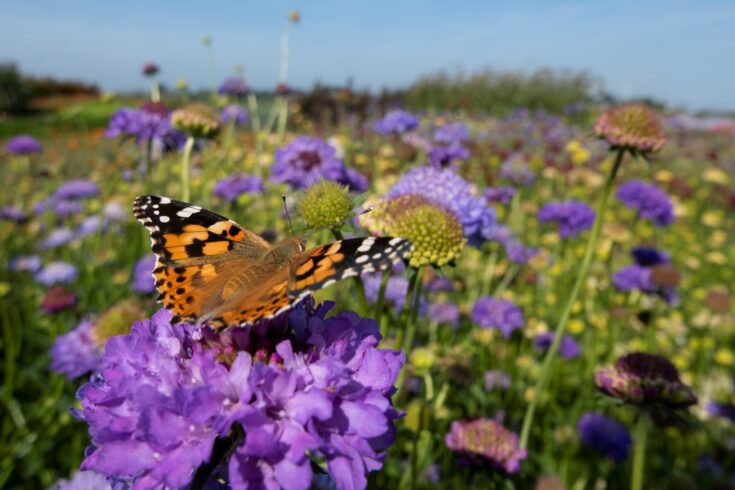There would be few who would deny that biodiversity is a good thing. But when we try to be more specific about the benefit that comes from having many different plant and animal species in a given area, we can come across an awkward fact, beliefs about the beneficial effects of biodiversity often have a distinct lack of data backing them up.
In two separate but related Horizon Europe projects, a Guildford-based company has been working to fill this gap, by providing much-needed evidence in the field of biodiversity. And thanks to a Horizon Europe guarantee grant, they and a number of other UK partners have been able to continue making their vital contributions to biodiversity projects of wide-ranging importance.
Dr Tiffany Jedrecka is Research and Development Lead at NatureMetrics Ltd, which uses innovative technology to generate biodiversity data and intelligence, at scale. She explains:
In both of the Horizon Europe projects that we’re involved in, we’re working to create a solid evidence base in areas where people had been working just from intuitions about biodiversity, and the positive role that it plays. With that evidence, we can begin to make improvements in sustainability.
Evidence for improvement
In the first of the projects, entitled ‘Biodiversity Conservation to Mitigate the Risks of Emerging Infectious Diseases’, assumptions about the connection between biodiversity and human health are being tested.
Tiffany says:
There is a widely held belief that if you degrade biodiversity you increase the risk of epidemics, which can lead to pandemics. The idea is that as environments are put under greater pressure, animals are pushed into living in greater proximity to humans, increasing the risk that their diseases will be transmitted to us. But that belief hadn’t really been grounded in hard science, and we didn’t have a model that could predict, from the loss of biodiversity, the increased risk of an epidemic or pandemic arising in a particular area.
In this project we are looking at countries bordering tropical environments, from pristine environments through to ones that have been heavily degraded, and linking that degradation to pandemic risk. We’re building modelling tools and working on outreach, such as providing early warning systems for governments.
The second project, ‘New Results-based Policies in the European Agricultural Landscape,’ is on the face of it quite different. The aim is to support government policies around agriculture, to help it become more sustainable. But again, at the heart of the project is the question of measurement and evidence gathering.
According to Tiffany:
Biodiversity is generally seen as being good for plant health and good for soil. But how do you measure that positive effect? How do you know really what’s going on? Agriculture at the moment is very people intensive, and it relies on expensive equipment. How could governments across Europe help farmers understand the value of biodiversity? And if you’re a farmer, how might you measure your biodiversity, in a cost effective way? We’re looking at different ways of doing so, seeing what works best in different contexts.
She adds:
With both of these projects, thanks to the Horizon Europe guarantee grant we’re able to continue this important work.

